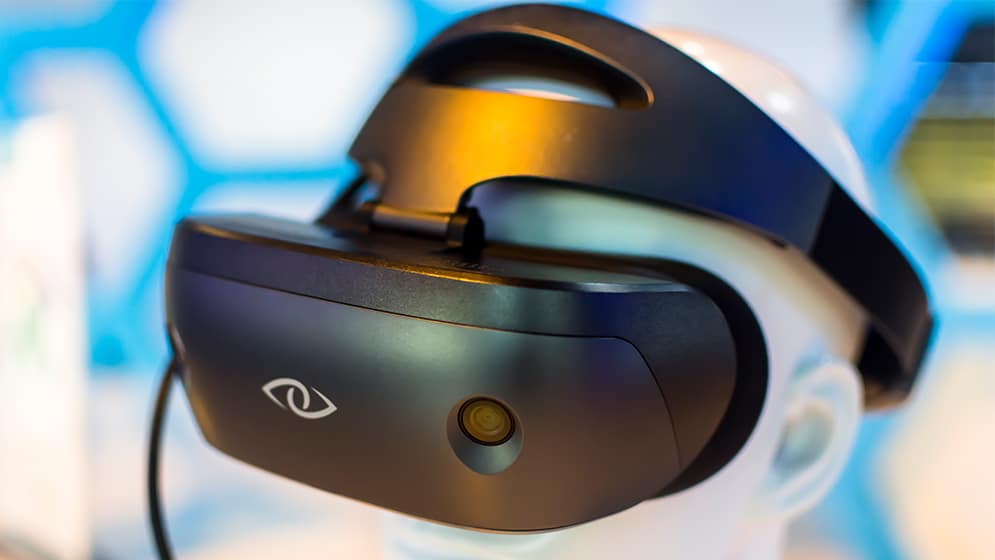- Curved Lithium Polymer battery
- Fast Charge Polymer Battery
- Flexible Polymer Lithium Battery
- Ultra-thin Polymer Battery
/ Blog / Battery Knowledge /
Flexible battery
11 Jan, 2022
By hoppt

Flexible batteries are described by manufacturers as some of the most important new battery technologies. However, the market for all flexible technology is expected to rise significantly over the next 10 years.
According to research firm IDTechEx, flexible printed batteries will be a $1 billion market by 2020. Gaining in popularity with jet makers and car companies, many see these ultra-thin power sources becoming just as common as flat screen TVs within 5 years. Companies like LG Chem and Samsung SDI have recently invested heavily into ideal manufacturing practices that allow for semi-flexible designs maximizing on output while keeping thickness low enough to not hamper function or fitting in tight spaces.
This development would introduce a seriously huge advantage for consumer electronics market, especially with the ever-increasing release of wearable tech. Many are placing high hopes on flexible batteries being the answer to their prayers as the commercial industry for smart watches and other IoT devices continues to grow exponentially.
Of course, this isn't without its challenges either. Flexible cells are more susceptible to damage than flat ones making them less resilient in everyday conditions. Furthermore, because they are so lightweight it is difficult to create an internal structure strong enough to handle being moved around daily by a device's user while maintaining safety standards above UL certification levels.
The current state of flexible battery design can be seen in commercial applications today ranging from car key fobs to smartphone covers and beyond. As research progresses, we are certain to see more design options become available with the aim of improving user experience.
For now, here are some of the most interesting ways flexible batteries might be used in the future.
1.Smart Carpet
This is exactly what it sounds like. Created by a team at MIT's Media Lab, this is actually being dubbed as "the world's first smart textile". Known as Load-bearing Soft Composite Materials for Kinetic Applications Under External Forces (LOLA), it can power devices through kinetic charging using low amounts of energy transferred up from the earth below. The technology was created to power shoes with built in LED lights that provide illumination while walking on dark roads or trails. Furthermore, this could have a major impact on medical monitoring as well.
Now instead of having to go through a painful process daily, LOLA could be used for blood sugar tests developing a more efficient way to monitor diabetes. Also being highly sensitive to movement, it might even provide an early warning signal for those who suffer from epileptic seizures or others that need constant monitoring with health devices. Another possibility is using the fabric in pressure bandages designed to alert EMS if someone gets hurt while wearing one, sending data via Bluetooth then notifying contacts in case of an emergency.
2.Flexible Smartphone Batteries
Even though smartphones are constantly getting thinner and sleeker, battery technology has made almost no progress over the past 5 years. While flexible batteries are still in their infancy, many believe this is an area with great potential for growth. Samsung began rolling out the first commercial lithium polymer battery with a "bent" design several months ago.
Even with current technology, it is possible to make bendable cells thanks to advances in solid-state electrolyte (SE) technology. These electrolytes allow electronics manufacturers to create batteries without flammable liquid inside so there's no risk of explosion or catching on fire, making them much safer than standard product designs today. SE has been around for many decades however problems existed preventing it from being used commercially until recently when LG Chem announced a breakthrough method allowing it to be produced safely and cheaply.
Prev: Infusion pump battery
Next: Infusion pump battery



